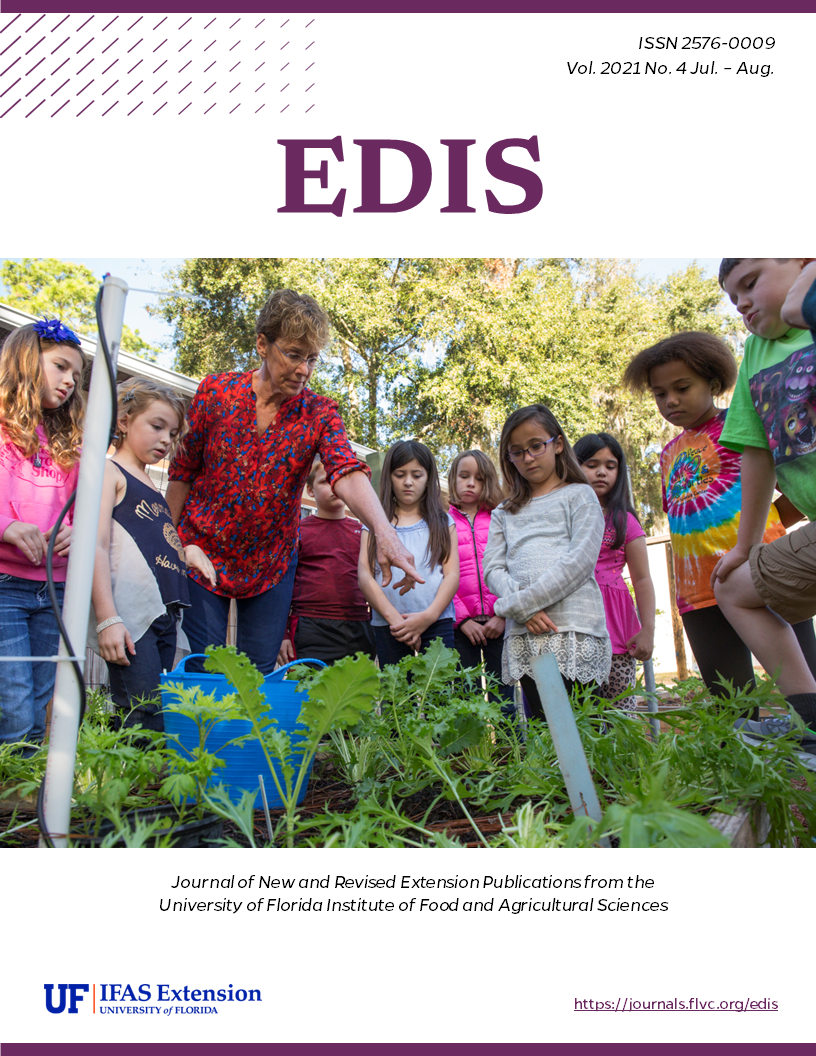Abstract
Contents: Introduction – Synonymy – Distribution – Description – Life Cycle and Biology – Hosts – Medical Importance – Economic Importance – Management – Selected References.
Also published on the Featured Creatures website at
http://entnemdept.ufl.edu/Creatures/NEMATODE/Pseudoterranova_decipiens_sealworm_nematode.htm
References
Al Quraishy S, Abdel-Gaber R, Dkhil MAM. (2019). First record of Pseudoterranova decipiens (Nematoda, Anisakida) infecting the Red spot emperor Lethrinus lentjan in the Red Sea. Brazilian Journal of Veterinary Parasitology 28: 625-631. https://doi.org/10.1590/s1984-29612019057
Aryee EB, Poehlman WFS. (1991). A neural-network-based system to recognize parasites/sealworms on cod Fish images. Engineering Applications of Artificial Intelligence 4: 341-350. https://doi.org/10.1016/0952-1976(91)90002-N
Bezerra TN, Decraemer W, Eisendle-Flöckner U, Hodda M, Holovachov O, Leduc D, Miljutin D, Mokievsky V, Peña Santiago R, Sharma J, Smol N, Tchesunov A, Venekey V, Zhao Z, Vanreusel A. (2020). Nemys: World Database of Nematodes. Pseudoterranova decipiens (Krabbe, 1878) Gibson, 1983. Accessed through: World Register of Marine Species at: http://www.marinespecies.org/aphia.php?p=taxdetails&id=123078 on 19 March 2020.
Centers for Disease Control and Prevention [CDC]. (2019) Anasakiasis. Accessed through: DPDx - Laboratory Identification of Parasites of Public Health Concern at: https://www.cdc.gov/dpdx/anisakiasis/index.html on 19 March 2020.
Fiorenza EA, Wendt CA, Dobkowski KA, King TL, Pappainou M, Rabinowitz P, Samhouri JF, Wood CL. (2020). It’s a wormy world: Meta-analysis reveals several decades of change in the global abundance of the parasitic nematodes Anisakis spp. and Pseudoterranova spp. in marine fishes and invertebrates. Global Change Biology 26: 2854-2866. https://doi.org/10.1111/gcb.15048
Goater TM, Goater CP, Esch GW. (2014). Parasitism: The diversity and ecology of Animal parasites. Cambridge, UK: Cambridge University Press. 514 https://doi.org/10.1017/CBO9781139047876
Hernandez-Orts J, Aznar FJ, Blasco-Costa I, Garcia NA, Villora-Montero M, Crespo EA, Raga JA, Montero FE. (2013). Description, microhabitat selection and infection patterns of sealworm larvae (Pseudoterranova decipiens species complex, nematoda: ascaridoidea) in fishes from Patagonia, Argentina. Parasites & Vectors 6: 1-15 https://doi.org/10.1186/1756-3305-6-252
Levsen A, Lunestad BT, Berland B. (2008). Parasites in farmed fish and fishery products. In L. Oyvind, ed. Improving Farmed Fish Quality and Safety, pp. 428-445. Boca Raton, FL: CRC Press. https://doi.org/10.1533/9781845694920.2.428
Ludovisi A, Di Felice G, Carballeda-Sandiao N, Barletta B, Butteroni C, Corinti S, Marucci G, Gonzalez-Munoz M, Pozio E, Gomez-Morales MA. (2017). Allergenic activity of Pseudoterranova decipiens (Nematode: Anisakidae) in BALB/c mice. Parasites & Vectors 10: 1-8. https://doi.org/10.1186/s13071-017-2231-4
Malouf AH. (1986). Report of the Royal Commission on Seals and Sealing in Canada. Vol. 3 Pt. 5. Biological Issues. Ottawa, Canada.
Marcogliese DJ. (2001). Review of experimental and natural invertebrate hosts of sealworm (Pseudoterranova decipiens) and its distribution and abundance in macroinvertebrates in eastern Canada. NAMMCO Scientific Publications 3: 27-37. https://doi.org/10.7557/3.2954
McClelland G. (2002). The trouble with sealworms (Pseudoterranova decipiens species complex, Nematoda): a review. Parasitology 124: S183-S203. https://doi.org/10.1017/S0031182002001658
Mercado R, Torres P, Munoz V, Apt W. (2001). Human infection by Pseudoterranova decipiens (Nematoda, Anisakidae) in Chile: Report of seven cases. Memorias do Instituto Oswaldo Cruz 96: 653-655. https://doi.org/10.1590/S0074-02762001000500010
Murata Y, Ando K, Usui M, Sugiyama H, Hayashi A, Tanemura A, Kato H, Kuriyama N, Kishiwada M, Mizuno S, Saurai H, Isaji S. (2018). A case of hepatic anisakiasis caused by Pseudoterranova decipiens mimicking metastatic liver cancer. BMC Infectious Diseases 18: 1-7. https://doi.org/10.1186/s12879-018-3540-8
Skrzypczak M, Rokicki J, Pawliczka I, Najda K, Dzido J. (2014). Anisakids of seals found on the southern coast of Baltic Sea. Acta Parasitologica 59: 165-172. https://doi.org/10.2478/s11686-014-0226-2
Yu J-R, Seo M, Kim Y-W, Oh M-H, Sohn W-M. (2001). A human case of gastric infection by Pseudoterranova decipiens larva. The Korean Journal of Parasitology 39: 193-196. https://doi.org/10.3347/kjp.2001.39.2.193

